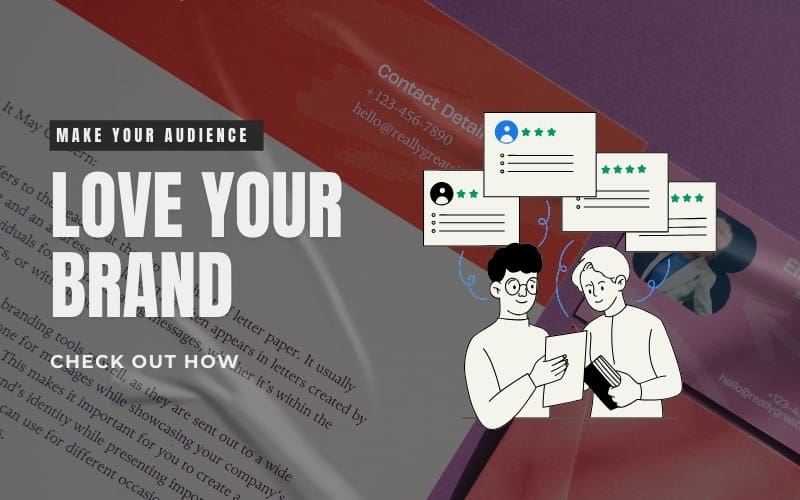Ever caught yourself humming Netflix’s iconic “ta-dum”? Of course, you have. Brands today need more than visuals to stay memorable. Why? Because humans connect deeply through all senses. Here’s how digital sensory branding makes that happen and why your brand needs it.
What Exactly is Sensory Branding Anyway? (Without Buzzwords!)
It is simply engaging your audience’s senses – sight, sound, touch, taste, and smell to build stronger connections. Think of Starbucks’ warm café sounds or Apple’s gentle phone vibrations.
Recognize these brands just by their audio logos?
- Intel’s short melody
- Skype’s notification ping
- Netflix’s “ta-dum”
Chances are, you nailed them all.
Digital Senses: How Brands Activate Your Senses Online
Sight & Sound
- Spotify’s Wrapped campaign visually personalizes your year.
- TikTok’s viral dances succeed due to memorable music snippets.
Touch (Yes, digitally!)
- Ever noticed how your iPhone gently pulses when setting alarms?
- Airbnb uses interactive design to simulate booking excitement.
Taste & Smell (Digitally? Yes!)
Domino’s steaming pizza ads visually trigger hunger instantly.
🚀Ignite Your Brand’s Sensory Power
Digital Sensory Branding: Masters Doing It Right
Netflix’s “Ta-dum”
Netflix spent almost a year perfecting a 3-second sound. Now, millions worldwide instantly associate “ta-dum” with relaxation.
Apple’s Haptic Excellence
Apple meticulously designs haptics for emotional appeal. Subtle taps make digital experiences personal.
IKEA and ASMR
IKEA’s ASMR videos went viral. Soft whispers and gentle furniture sounds – sensory perfection!
Real Data: Why it Matters
Check this out:
| Metric | Sensory Branding Impact |
|---|---|
| Customer Lifetime Value | 306% increase (Harvard Business Review) |
| Brand Recall | 46% improvement (Spotify Internal Research) |
| Emotional Connection | Up to 70% stronger (Journal of Consumer Psychology) |
Sensory branding isn’t just nice – it’s essential.
Implementing Sensory Branding (Authentically!)
Follow these easy steps:
Audit: Check your website, app, social platforms.
Choose Tools: Audio logos (professional sound designers), subtle UX animations.
Quick Wins: Micro-interactions, consistent sound effects, visual harmony.
Pitfalls to Avoid (Real Stories!)
- Avoid sensory overload.
- Match sensory elements to your brand personality.
Remember Google’s April Fool’s “Mic Drop” disaster? Users hated the loud, out-of-character animation.

The Future of Sensory Branding
Real trends shaping digital sensory branding:
- Virtual Reality (VR): Meta’s Oculus provides immersive sensory experiences.
- Advanced Haptics: PlayStation’s DualSense Controller creates realistic digital sensations.
- Augmented Reality (AR): Gucci and Nike AR filters engage visually and emotionally.
Summary
Visual branding alone isn’t enough. Successful brands now engage multiple senses – sight, sound, touch, taste, and smell – to build deeper emotional connections with audiences. Brands like Netflix, Apple, IKEA, and Spotify are leading the way, proving that sensory branding significantly boosts customer retention, recall, and loyalty.





